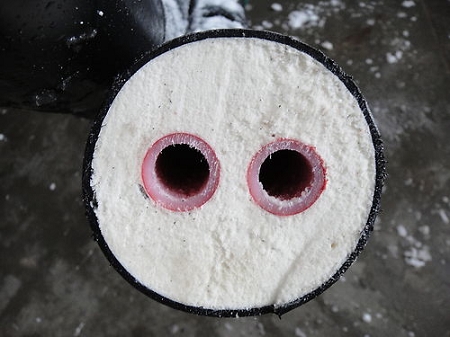Hello.
I admit that at this point I know very little about OWB's. I haven't done much research on it yet. I've been burning for over a decade, mostly using a wood burning fireplace insert installed in a masonry fireplace.
This OWB has got to be as old as the house (15 years) but it has not been taken care of. The blower & pump work. It's connected to the downstairs air handler only, just HVAC.
I don't know how long it was operated while in this condition, so I don't know if there's debris in the water lines coming into the heat exchanger and if that can be flushed out.
When I bought the house I installed a high efficiency wood burning fireplace which provides all the heat right now. The only other form of heat I have are the HVAC heat strips which I do not use. I did use them in conjunction with the fireplace last year and had a $300 power bill one month, my average power bill being $100 and now with solar power, almost nothing, but these heat strips will kill my batteries in a couple hours (17kw per hr heat strips).
My unit is something like the first two in the below link. The unit, minus the steel structure that supports it above and to the concrete measures 4 1/2' x 4 1/2' x 6'
https://earthoutdoorfurnaces.com/furnaces/ and I have no idea how much water it holds.
Any good advice? Should I shoot it, chop it up and dump it or is it worth salvaging?
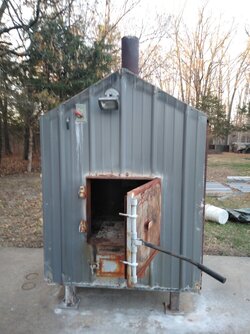
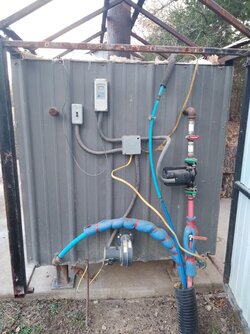
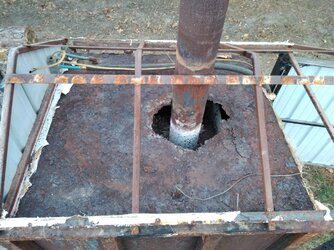
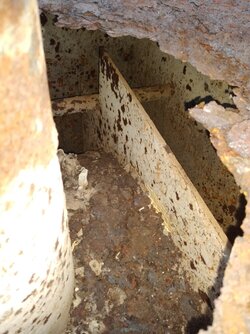
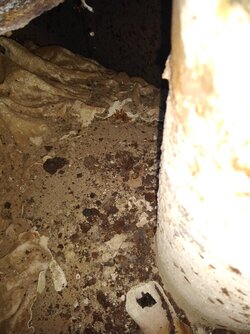
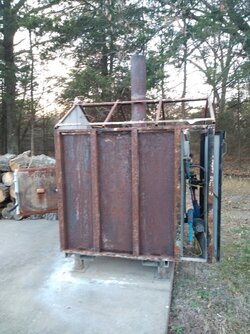
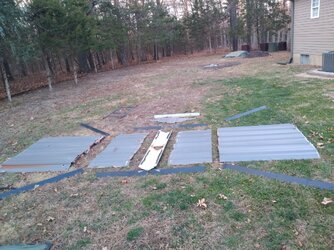
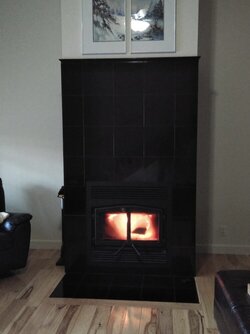
I admit that at this point I know very little about OWB's. I haven't done much research on it yet. I've been burning for over a decade, mostly using a wood burning fireplace insert installed in a masonry fireplace.
This OWB has got to be as old as the house (15 years) but it has not been taken care of. The blower & pump work. It's connected to the downstairs air handler only, just HVAC.
I don't know how long it was operated while in this condition, so I don't know if there's debris in the water lines coming into the heat exchanger and if that can be flushed out.
When I bought the house I installed a high efficiency wood burning fireplace which provides all the heat right now. The only other form of heat I have are the HVAC heat strips which I do not use. I did use them in conjunction with the fireplace last year and had a $300 power bill one month, my average power bill being $100 and now with solar power, almost nothing, but these heat strips will kill my batteries in a couple hours (17kw per hr heat strips).
My unit is something like the first two in the below link. The unit, minus the steel structure that supports it above and to the concrete measures 4 1/2' x 4 1/2' x 6'
https://earthoutdoorfurnaces.com/furnaces/ and I have no idea how much water it holds.
Any good advice? Should I shoot it, chop it up and dump it or is it worth salvaging?










